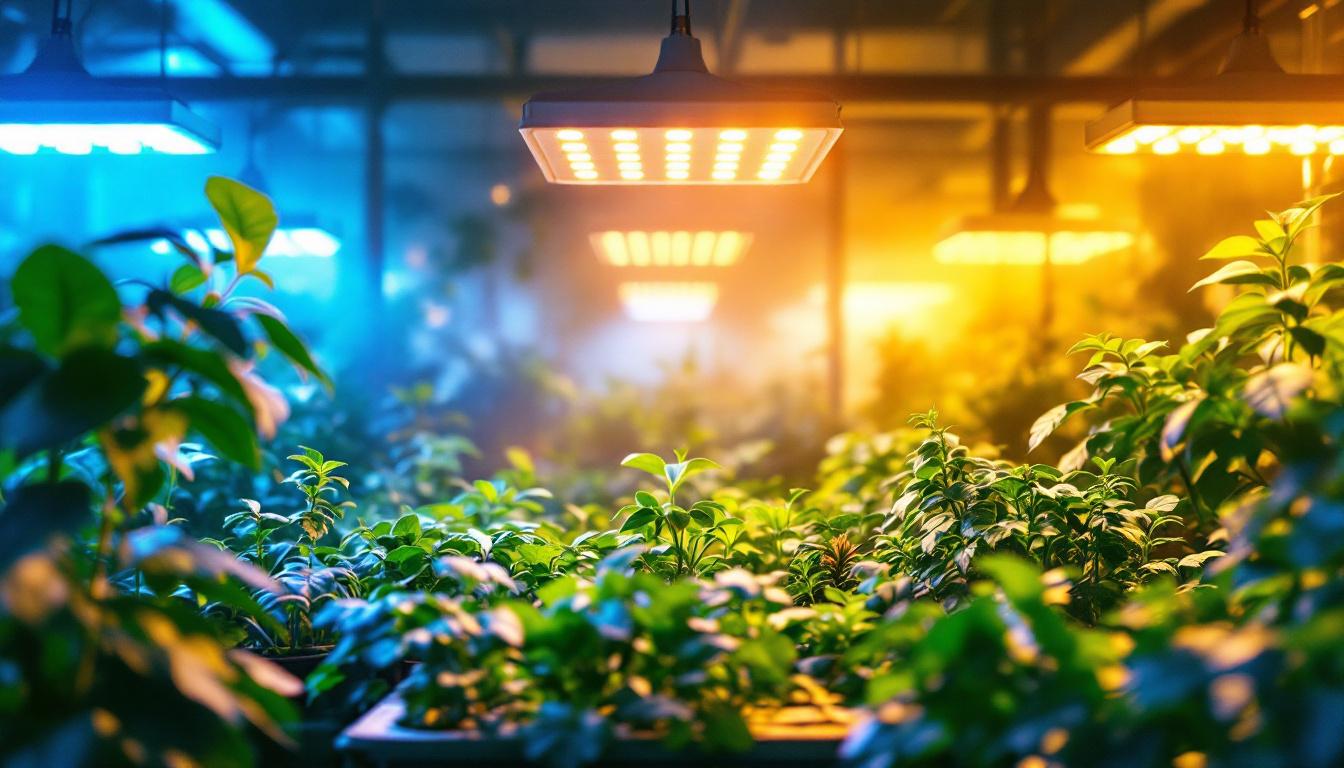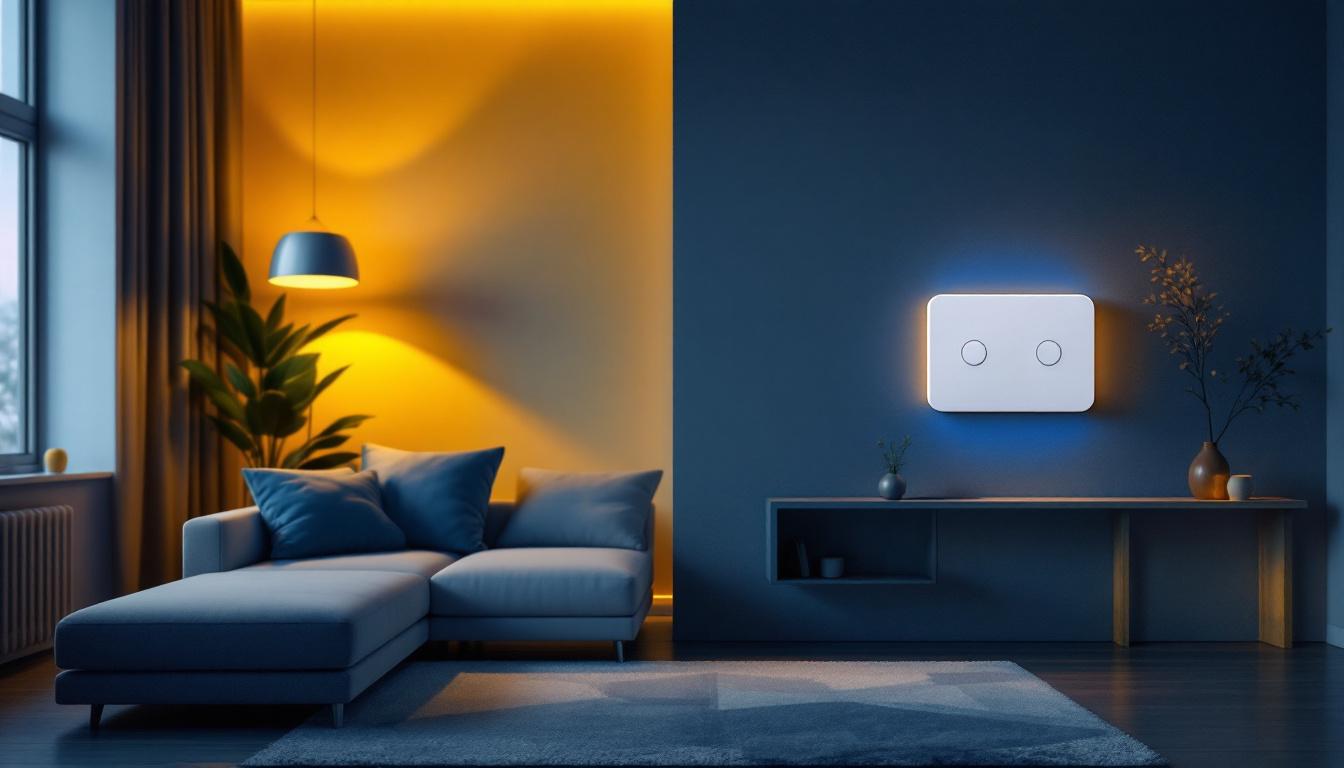
As the demand for sustainable and efficient food production continues to rise, greenhouse cultivation has become increasingly popular. A critical component of successful greenhouse operations is the use of appropriate lighting. For lighting contractors, understanding the nuances of greenhouse growing lights is essential for providing effective solutions to clients. This article will explore the various types of greenhouse lighting, their applications, and best practices to ensure optimal plant growth.
Greenhouse lighting serves multiple purposes, including enhancing photosynthesis, controlling plant growth cycles, and improving crop yields. The right lighting solution can significantly impact the health and productivity of plants. Therefore, lighting contractors must familiarize themselves with the fundamental principles of greenhouse lighting.
Plants rely on light for photosynthesis, the process through which they convert light energy into chemical energy. This energy is crucial for growth, flowering, and fruiting. Different plants have varying light requirements, which can be influenced by factors such as species, growth stage, and environmental conditions.
In a greenhouse setting, natural sunlight is often supplemented with artificial lighting to ensure that plants receive the optimal light spectrum. This is particularly important in regions with limited sunlight or during the winter months when daylight hours are shorter. Additionally, the duration and intensity of light exposure can be manipulated to simulate seasonal changes, allowing growers to extend growing seasons and maximize productivity.
There are several types of greenhouse lights available on the market, each with its unique advantages and disadvantages. Understanding these options is vital for lighting contractors looking to recommend the best solutions for their clients.
In addition to these common lighting types, there are also specialized systems such as Plasma lights and Induction lights that are emerging in the market. Plasma lights offer a full spectrum of light and can last significantly longer than traditional options, while Induction lights are known for their low energy consumption and minimal maintenance needs. As technology advances, new lighting solutions continue to be developed, providing greenhouse operators with an ever-expanding array of choices to meet their specific horticultural needs.
Moreover, the integration of smart technology into greenhouse lighting systems is revolutionizing the way growers manage their crops. Automated systems can monitor light levels and adjust accordingly, ensuring that plants receive the precise amount of light required for optimal growth. This not only enhances efficiency but also reduces energy waste, contributing to more sustainable greenhouse practices. As the demand for local and sustainably grown produce increases, understanding and implementing effective lighting strategies will be essential for growers looking to stay competitive in the market.
Different crops and growth stages require varying light intensities and spectrums. Lighting contractors must assess the specific needs of their clients’ greenhouses to recommend the most suitable lighting solutions.
Different types of crops have unique light requirements. For instance, leafy greens such as lettuce thrive under cooler light conditions, while fruiting plants like tomatoes benefit from warmer light. Understanding these distinctions is crucial for selecting the right lighting.
Additionally, some crops may require more intense light during specific growth stages. For example, seedlings may need lower light levels to avoid stress, while mature plants may require higher intensities to maximize yield. A tailored approach to lighting can significantly enhance crop performance.
The growth stage of plants also influences lighting needs. Seedlings, vegetative plants, and flowering plants all have different light intensity and duration requirements. For example, seedlings generally require 12-16 hours of light per day, while flowering plants may benefit from longer light periods to promote blooming.
Lighting contractors should work closely with growers to develop a lighting schedule that aligns with the specific needs of the plants at various growth stages. This may involve adjusting the intensity, spectrum, and duration of light exposure throughout the growing cycle.
Once the appropriate lighting type has been selected, the next step is to design an effective lighting layout. Proper placement and spacing of lights can significantly impact their efficiency and effectiveness.
When designing a lighting layout, it’s essential to consider the height and spacing of the lights. Ideally, lights should be positioned at a height that allows for even light distribution across the growing area. This may vary depending on the type of lighting used, as some lights produce more concentrated beams than others.
Spacing between lights is also crucial to avoid areas of inadequate lighting. A common approach is to use a grid pattern to ensure that all plants receive sufficient light. Additionally, contractors should account for the growth potential of plants, as they may require adjustments in light placement as they mature.
Utilizing reflective surfaces within the greenhouse can enhance light efficiency. White or reflective materials can be used on walls and ceilings to bounce light back onto plants, maximizing the amount of usable light. This can reduce the overall energy consumption of the lighting system, leading to cost savings for growers.
Contractors should also consider the use of light diffusers, which can help distribute light more evenly and reduce hotspots. This is particularly important in larger greenhouses where light intensity can vary significantly across different areas.
As energy costs continue to rise, energy efficiency has become a critical consideration for greenhouse lighting. Lighting contractors can play a significant role in helping clients reduce energy consumption while maintaining optimal growing conditions.
One of the most effective ways to improve energy efficiency is by recommending LED lighting solutions. LEDs consume significantly less energy than traditional lighting options, providing substantial savings over time. Additionally, their longer lifespan reduces the frequency of replacements, further contributing to sustainability efforts.
Contractors should also educate clients about the importance of using timers and sensors to optimize lighting schedules. Automated systems can adjust light levels based on environmental conditions, ensuring that plants receive the right amount of light without unnecessary energy expenditure.
Integrating renewable energy sources, such as solar panels, can further enhance the sustainability of greenhouse operations. By harnessing solar energy to power lighting systems, growers can significantly reduce their carbon footprint and operational costs.
Lighting contractors should explore options for incorporating renewable energy solutions into their clients’ greenhouse designs. This not only benefits the environment but also positions growers as leaders in sustainable agriculture.
Lighting contractors must also be aware of regulatory considerations when designing and installing greenhouse lighting systems. Compliance with local codes and standards is essential to ensure safety and efficiency.
Each region may have specific regulations governing greenhouse operations, including lighting requirements. Contractors should familiarize themselves with these regulations to ensure that their designs meet all necessary standards.
Additionally, understanding energy codes can help contractors recommend lighting solutions that are compliant with local energy efficiency mandates. This knowledge can also benefit clients by potentially qualifying them for rebates or incentives related to energy-efficient upgrades.
Proper installation and maintenance of lighting systems are critical for ensuring long-term performance. Contractors should adhere to best practices, including thorough planning, precise installation, and regular maintenance checks.
Regular maintenance can help identify potential issues before they become significant problems. This includes checking for burnt-out bulbs, ensuring proper alignment, and cleaning fixtures to maximize light output. By providing clients with a maintenance schedule, contractors can help extend the lifespan of the lighting system and optimize its performance.
Greenhouse growing lights are a vital component of successful horticultural practices. For lighting contractors, understanding the intricacies of greenhouse lighting—from types and applications to energy efficiency and regulatory considerations—is essential for providing effective solutions to clients.
By staying informed about the latest advancements in lighting technology and best practices, contractors can help growers achieve optimal plant growth while minimizing energy costs and environmental impact. As the demand for sustainable agriculture continues to grow, the role of lighting contractors in greenhouse operations will only become more critical.
In summary, an investment in knowledge and expertise regarding greenhouse lighting can lead to improved client satisfaction, enhanced crop yields, and a more sustainable future for agriculture.
Ready to elevate your greenhouse lighting solutions? At LumenWholesale, we provide lighting contractors with the highest quality, spec-grade greenhouse growing lights at unbeatable wholesale prices. Say goodbye to local distributor markups and hello to a vast selection of industry-standard lighting products that promise reliability and high performance. With free shipping on bulk orders, you can trust that you’re getting premium lighting at the best value — no hidden fees, no compromises. Enhance your horticultural projects with the perfect blend of quality, affordability, and convenience. Wholesale Lighting at the Best Value is just a click away.

Discover the perfect balance between energy efficiency and optimal visibility with our guide on hair salon task lighting bulb brightness.

Discover essential insights and expert tips on the Led Lamp T5 for lighting contractors.

Discover the top strategies lighting contractors use to maximize the benefits of 3500K LED bulbs.

Discover essential tips for selecting and installing a dimmable LED switch with remote control.